Procedural Content Generation
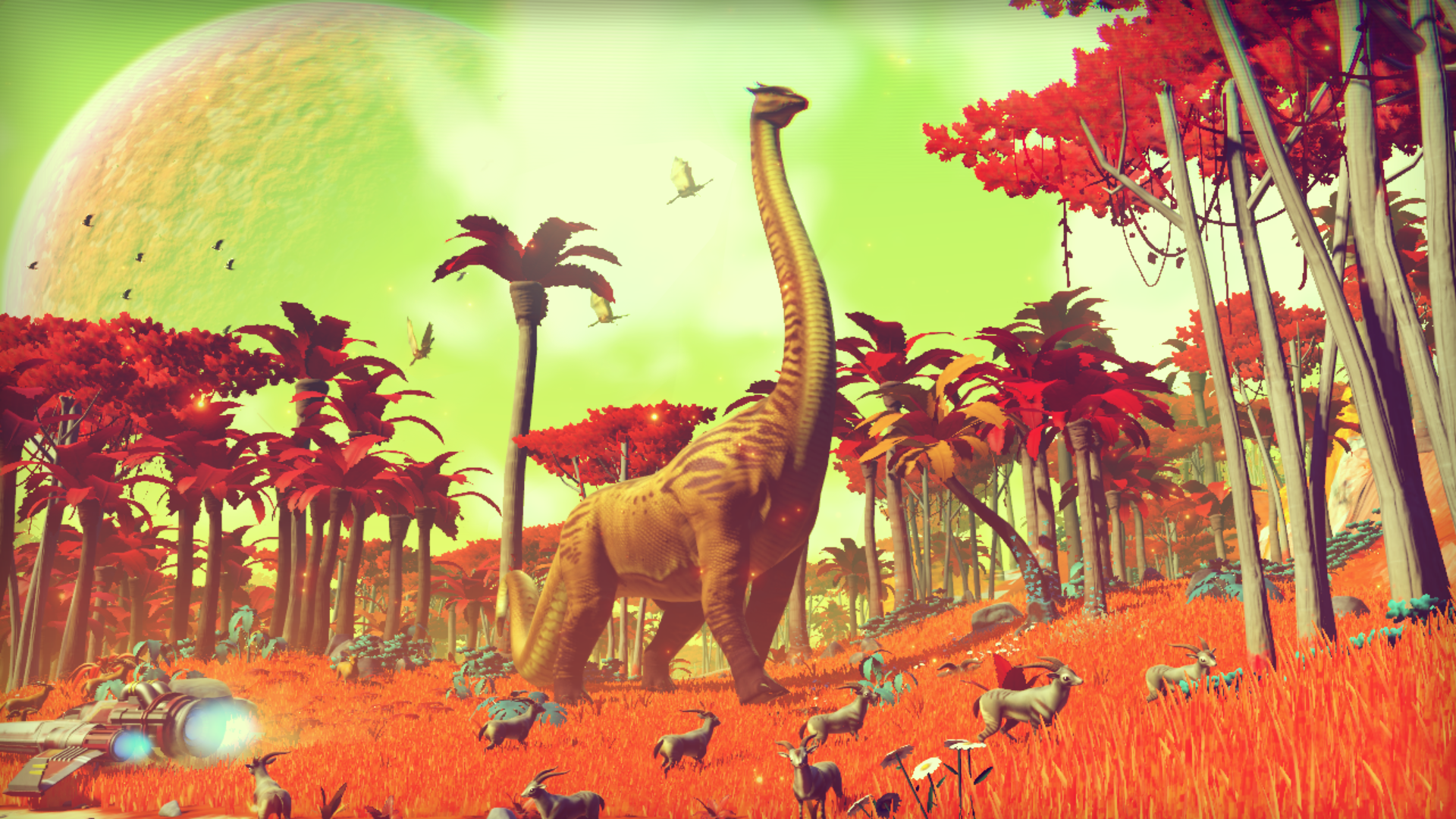
No Man's Sky
CS 4803 PCG / CS 8803 PCG
Semester: Spring 2022
Instructor: Greg Turk
E-mail: turk@cc.gatech.edu
Time: MWF 12:30 - 1:20pm
Location: Van Leer E283
Course Description
Procedural Content Generation (PCG) refers to the creation of content
(geometric models, images) by writing computer code (procedures). There are a
wide variety of geometric models that can be created using procedural methods,
including terrain, plants, animals, streets, dungeons, buildings, vehicles and
so on. The most common applications of PCG are for video games, feature film
special effects, virtual reality and computer-generated art. Some video games
that make use of PCG include Minecraft, Spore, and No Man's Sky. This course
will cover a large array of algorithms that are used to create geometric
models and images. There are two broad categories of algorithms that are most
commonly used for content generation: 1) random number driven geometric
algorithms, and 2) deep neural network methods. We will study both kinds of
algorithms for content creation in this course.
This course will cover many of the methods used in content generation for
games and from academic research. Course topics include: creature anatomy,
terrain, street layout, buildings, dungeons, mazes, plants, textures,
convolutional neural networks, generative adversarial networks, Bezier
surfaces, implicit surfaces, pseudo-random numbers, and band-limited noise.
Prerequisites and Media Thread Credit
Prerequisites for CS 4803 PCG: CS 1332, CS 2110 or 2261, CS 2340
Prerequisites for CS 8803 PCG: graduate-level standing
No prior experience in computer graphics or machine learning is required.
You also do not require any prior experience with Unity.
CS 4803 PCG counts as a Pick for the Media thread.
Programming Projects
Content creation methods are best learned by writing code. Each of you will
complete several medium/large programming projects, most of which will be
written in C# scripts in the Unity game development environment. The
project on Generative Adversarial Networks (GANs) will be carried out in
Python using Jupyter notebooks. There will be some smaller warm-up projects
in addition to the larger projects. You will carry out all of the projects
individually. Note that it is impossible to get a good grade in this course
without completing the programming assignments.
Late Policy
The grade on a late assignment will drop 5% for each day beyond the due
date. A day ends at 11:59 pm. Assignments turned in up to three days late
will be accepted (with penalty). No assignments will be accepted more than
three days late. For example, if a project is due on March 10, you can turn
in the assignment up to March 13 (with a 15% late penalty), but an
assignment turned in on March 14 or later will not be accepted.
Academic Integrity
You are expected to follow Georgia Tech’s
code of academic conduct.
It is fine for you to discuss high level concepts about the projects with other
students. However, the details of turning these concepts into working code
is for you to carry out on your own. You must write all of the code for
each assignment yourself without any form of code sharing by electronic,
written, verbal or any other means. The only code from others that may be
used in these assignments are those that are provided by the instructor. Do
not share your code with other members of the class. You should not show
your code to other students, nor is it alright for you to view the code that
other students have written. Do not post your code on Github or any other
publicly available web site.
Attendance
Any course exams will most likely take place in-person in the classroom.
No formal attendance will be taken for class lectures, and
missing a lecture will not affect your overall grade in the course.
However, you will be expected to attend or to watch a recorded video of each
class lecture. Most of what you need to know about the projects will be
explained in the lectures, so attending and watching the lectures is
important for you to do well on these projects. In addition, the midterm
and final exams will draw heavily upon lecture materials, and thus you will
be responsible for knowing the lecture materials.
Accommodations for Students with Disabilities
If needed, we will make classroom accommodations for students with
documented disabilities. These accommodations must be arranged in advance
and in accordance with the office of
disability services.
Reading
There will be no required textbook for the class. Most of the materials
will draw upon published work from the video game, computer graphics and
computer vision communities.
For the neural network portions of this course, here are some excellent
resources that are recommended:
Learning Objectives
Upon completion of this course, students should be able to:
- Describe the basic algorithms used to create both natural and
human-made object geometry, typically guided by random number distributions.
- Program various geometry creation algorithms to create 3D content
with the help of tools such as the Unity game.
- Perform data collection to create a library of images that can be
used to train and test neural networks algorithms such as GANs for image
generation.
- Understand the basic components of neural network image
classification and image generation methods, and be able to modify, train
and test neural networks using a library such as PyTorch.
Expanded List of Course Topics
Games that use PCG
- Minecraft
- Spore
- No Man's Sky
- Roguelikes and Dungeon Crawlers
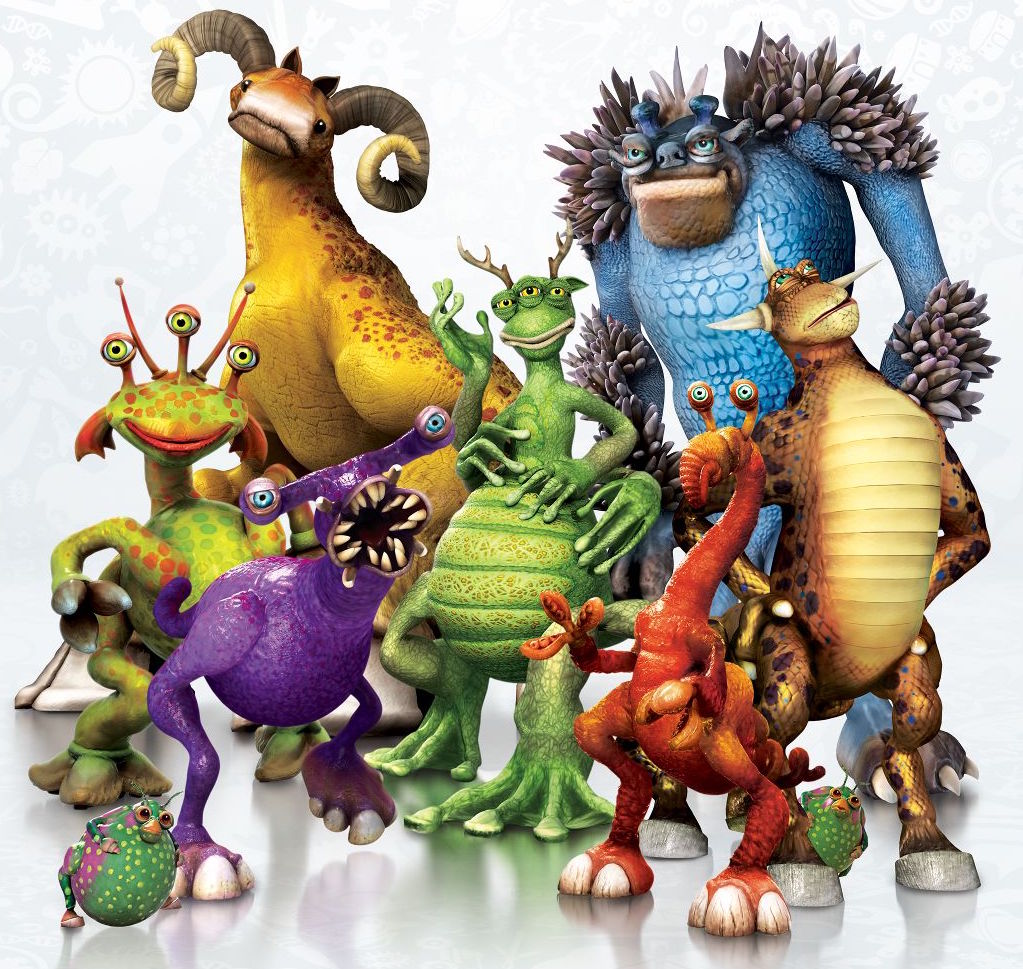
Spore
Natural Phenomena
- Terrain generation
- Creature anatomy
- Plants
- Texture synthesis
- Flocking
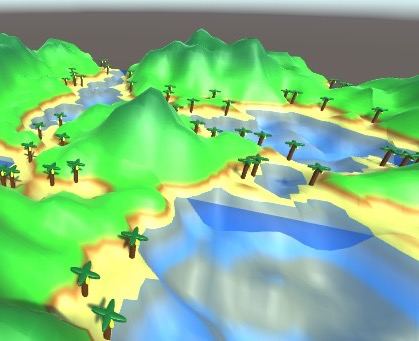
Terrain Synthesis - Austin Passmore
Human-Made Content
- Street layout
- Dungeons and Mazes
- Buildings
- Traffic
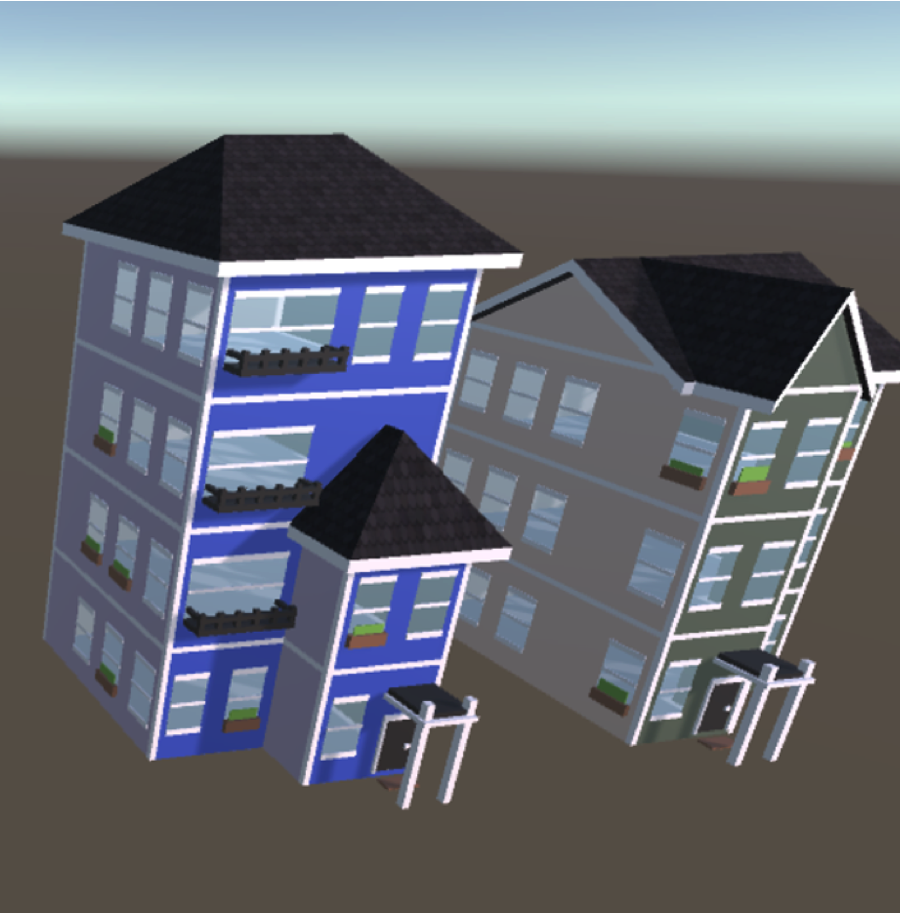
Buildings - Da In Ryoo
Neural Networks
- Multi-layer perceptrons
- Backpropagation
- Autoencoders
- Convolutional neural networks
- Generative adversarial networks (GANs)
- StyleGAN2
- VQGAN-CLIP
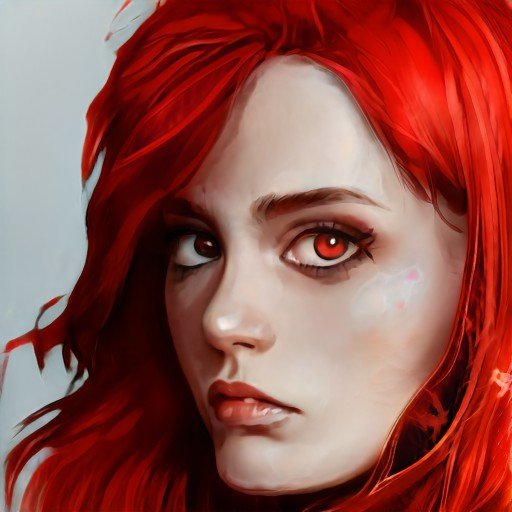
Synthetic Portraits - SyleGAN2
Images Collections for Training
- Sources of images
- Downloading images (APIs)
- Image formatting and curation
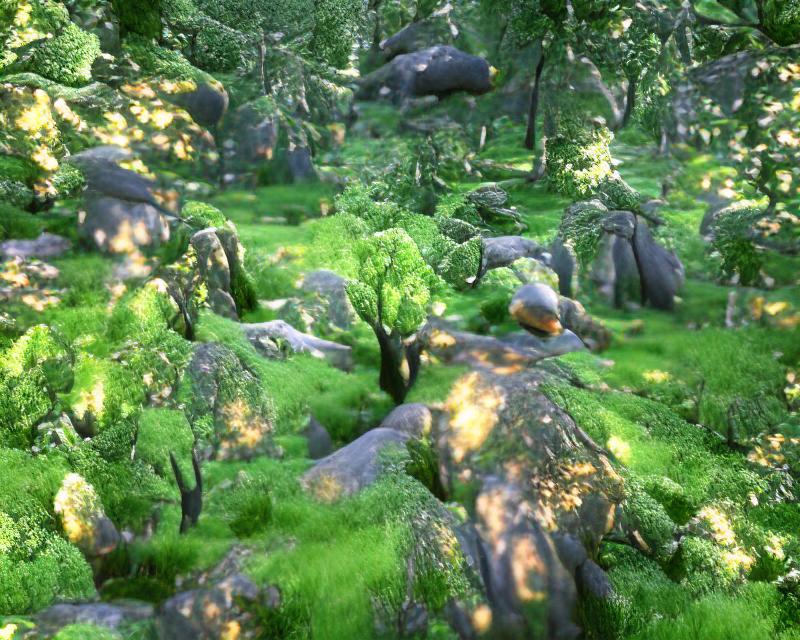
Forest Scene - VQGAN+CLIP
Random Numbers
- Random number generators
- Band-limited (Perlin) noise
- Modifying numerical distributions
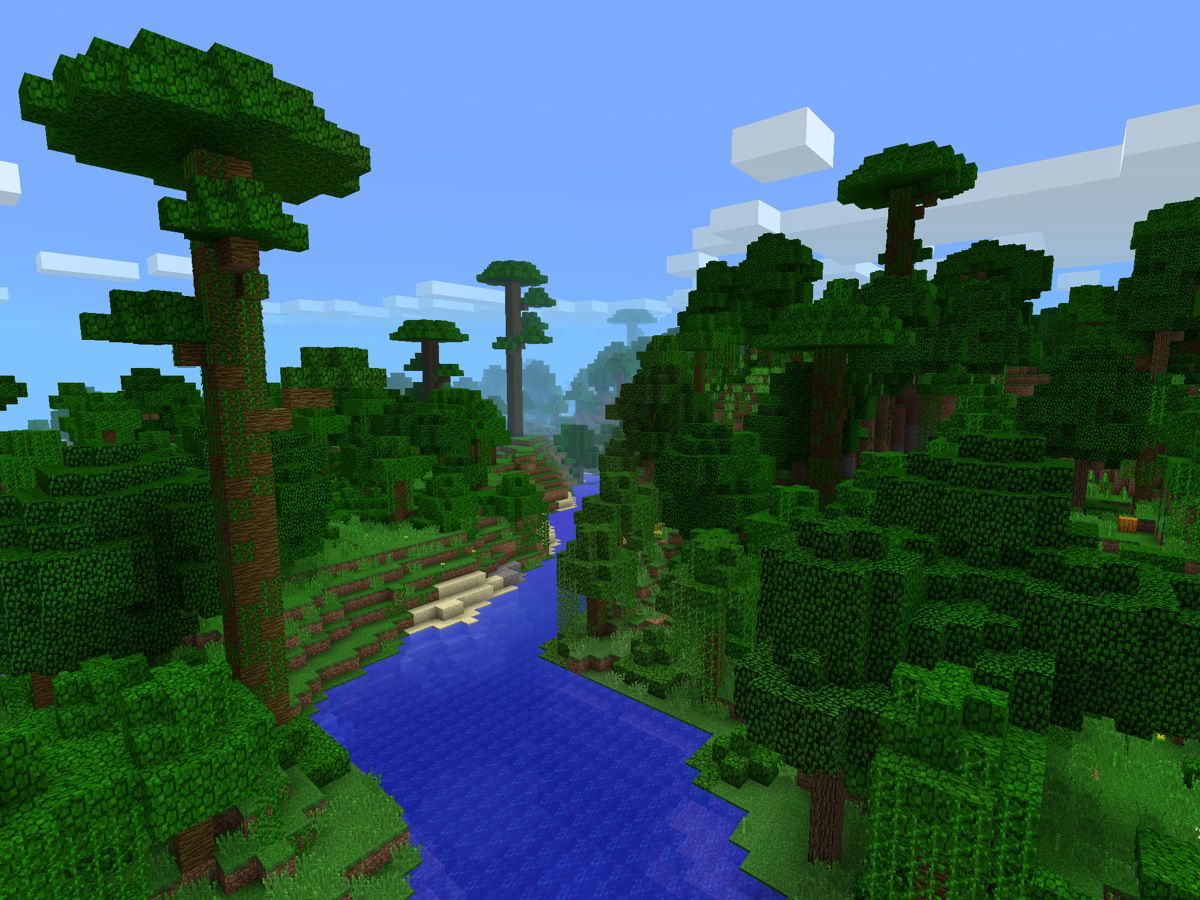
Minecraft
Go to
Greg Turk's Home Page.







